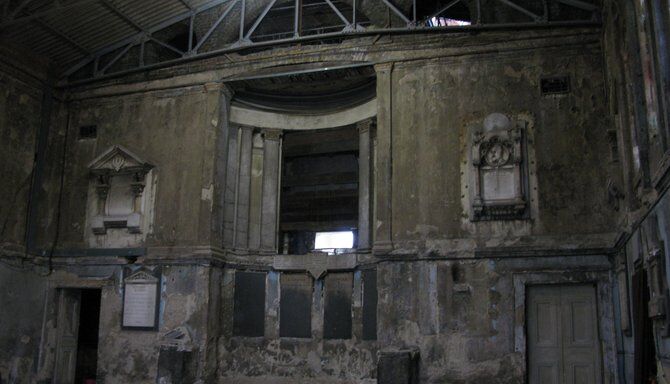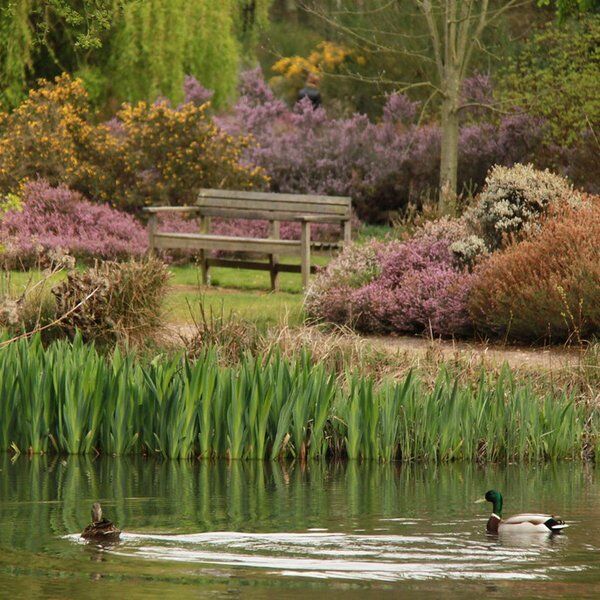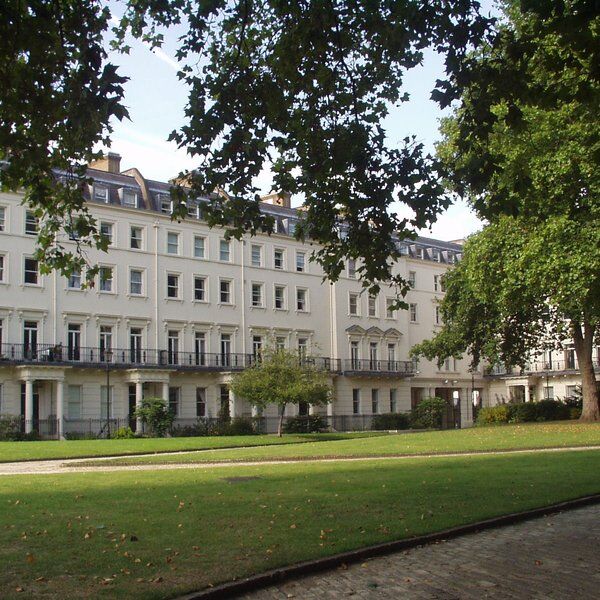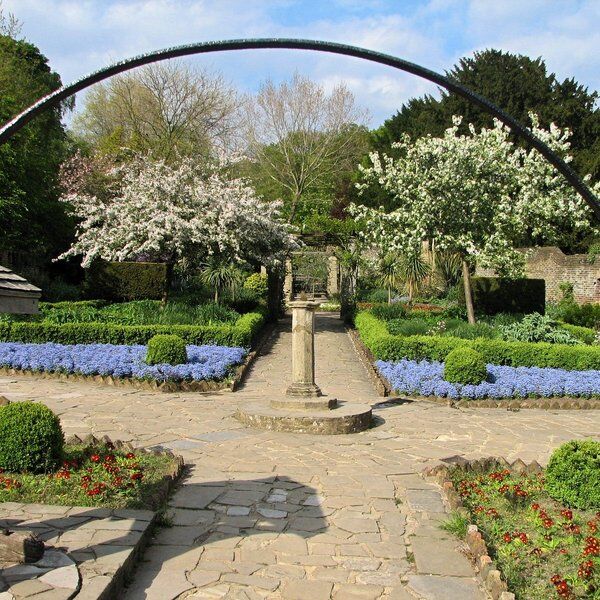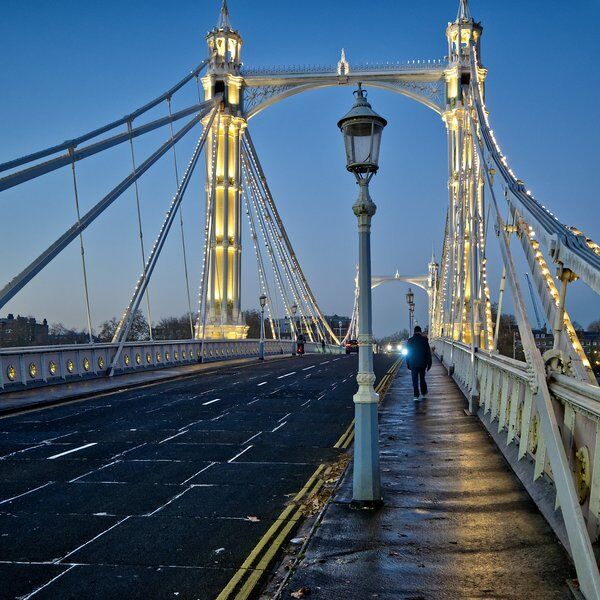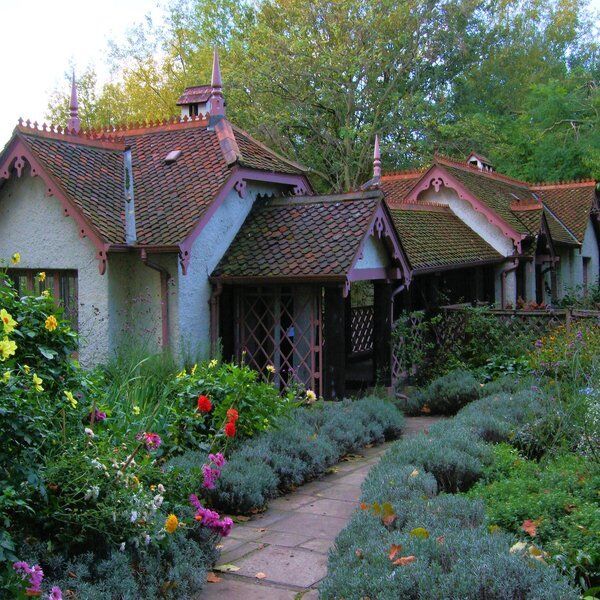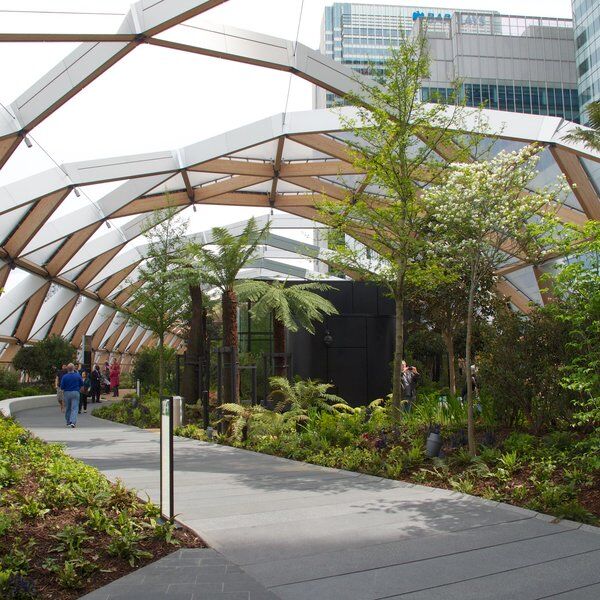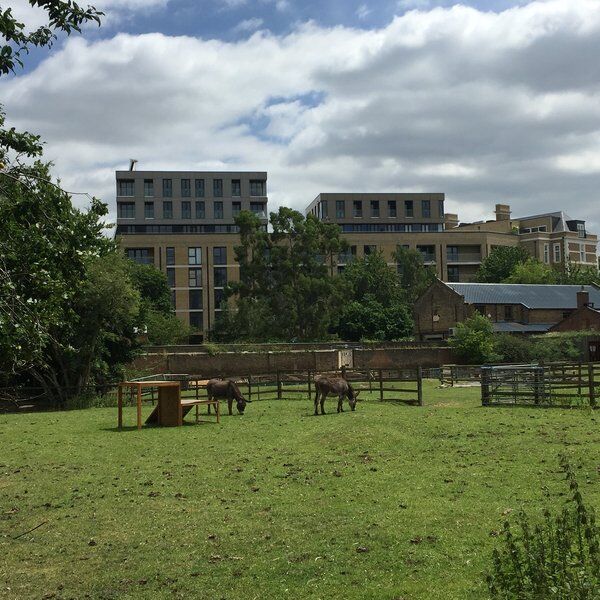Discover Asylum Chapel in London
Asylum Chapel, also known as Caroline Gardens Chapel, is a Grade II listed building in Peckham, London. Built between 1827 and 1833, it was part of the Licensed Victuallers’ Benevolent Institution Asylum (LVBI). Throughout history Asylum Chapel sustained significant damage, especially during the bombing of the 1940s. Despite this, the walls and much of its classical style architectural elements like its Doric columns, survived, although for many years it was neglected and forgotten. Today, the ruin has a haunting, ethereal beauty that makes for a great venue. Alongside its popularity as a wedding venue, art exhibitions and photo and film shoots, are also held at Asylum Chapel, drawing creative minds from across London.

The Early History of Asylum Chapel
Operating from around 1827, the Caroline Gardens Chapel existed as the central structure of London’s largest complex of almshouses, initially known as the LVBI. Contrary to popular belief, 'asylum' here meant sanctuary, providing a home for elderly retired pub landlords. The site was crucial for these residents, providing them with a small weekly stipend, coal, medical care, housing, and medicine.
On its opening day, an impressive 10,000 Londoners flocked to the six-acre site, despite North Peckham being a largely rural area filled with market gardens and fields at the time. From here the chapel quickly became a popular spot in the community. Thanks in part to its choir, the Licensed Victuallers’ Choral Association and handmade Messrs Bevington and Sons organ. This organ was funded by donations. To honour the many donations the chapel received over the years, its walls are hung with memorials to benefactors, including HRH the Duke of Sussex and HRH the Prince Consort. Many of these carved stone memorials can still be seen today.
In 1858, the Albert Wing was added, increasing capacity by 31 dwellings. This addition was marked by the unveiling of a 16-foot statue of Prince Albert on the lawn, which was unveiled by the Prince of Wales in 1864, three years after Albert's death.
Asylum Chapel and World War II
During the Second World War Asylum Chapel was ravaged by the Blitz. Bombing raids destroyed the roof, saw the crumbling of the west-facing back wall, and gutted much of its interior. However, the stained-glass windows and carved stone memorials were not destroyed. To ensure their safety, the chapel evacuated many of its almshouse residents to Denham in Buckinghamshire.
After WWII, efforts were made to stabilise the chapel. These involved filling its crypt with concrete and adding an asbestos-cement roof. However, in 1959, the LVBI’s management were in favour of relocating the rest of the residents to the new site in Buckinghamshire. This move was soon accomplished and included the relocation of the statue of Prince Albert too! In 1960, the Asylum Chapel in Peckham was sold to the London Borough of Southwark. Its wings were repurposed as social housing and it was renamed ‘Caroline Gardens’ after Caroline Secker, a former resident.

Transforming Asylum Chapel into an Events Venue
Despite a proposal in 1960 to turn the chapel into a theatre, it remained unused until the late 20th century. In 1977, restoration plans were proposed but never happened. By the 1990s, the chapel was derelict. In 2010, artists Jo Dennis and Dido Hallett began using the chapel for art projects, exhibitions, and theatre productions, establishing the nonprofit arts and conservation company ‘Asylum’. In 2013, Maverick Projects, run by Jo and Dido, signed a 12-year lease for the chapel and transformed it into an events venue, complete with a wedding licence.
Between January and March 2018, conservation works on the chapel’s portico and exterior began, funded by the Heritage Lottery Fund and the Architectural Heritage Fund, and guided by Historic England. These efforts included emergency repairs to the stonework on the roof and portico. Further funds were awarded in August 2018 for the Resilient Heritage project. Additionally, the Heritage of London Trust funded the restoration of the George Drew memorial window, which was reinstated in its original place on the chapel’s north side in 2020.

Asylum Chapel Today: A Unique Wedding Venue
The Asylum Chapel has become one of Peckham’s most beloved venues for weddings, art exhibitions, concerts, and photo shoots. Standing for two centuries, a nod to endurance and longevity, this site is apt for the numerous marriages it unites within. The chapel’s antique seating and untouched stained glass windows, against the flickering candlelight, high Georgian ceilings and distressed interior, creates a truly intimate wedding day atmosphere. There is also an outdoor space, which complements the indoor beauty.
Venue Features and Services
Asylum Chapel provides essential amenities such as trestle tables for signing, chair hire, lighting, and romantic candle decoration. While the chapel is a ceremony-only venue, couples are welcome to host a toast and enjoy canapés post-ceremony, with full receptions held off site.
Here are some of the venue’s specifications:
- Capacity: Up to 120 guests
- Licensed for Marriage: Yes, through Southwark Council
- Ceremony Times:
- Morning ceremonies: 9:00 am – 2.30 pm (Recommended: 11:00 am/12:00 pm)
- Afternoon ceremonies: 3.30 pm – 8:00 pm (Recommended: 4:00 pm/5:00 pm)
- Child and Pet Friendly: Yes
- Exclusivity: Yes
- Pricing: £1,400 to £1,850
- Onsite Coordinator: £240
- Transportation: Vehicles can pull up to both the front and back doors. Parking is available on Asylum Road. Routemaster buses can stop in front of the chapel to transport guests to the reception venue.
- Music and Entertainment: The chapel does not have a licence for live music but permits background music, including jazz or string quartets.
For more information on hiring Asylum Chapel as a wedding venue, please contact the venue directly.

Visiting Asylum Chapel and Beyond with CityDays
Visitors to the Asylum Chapel today are always struck by its haunting beauty. The crumbling walls and paintwork, stunning stained-glass windows, and ethereal light create an atmosphere that is both romantic and melancholic. The chapel's distressed interiors add to its charm, with remnants of the original altar, marble memorials, and inscriptions honouring donors still visible. The ghostly remnants of stone steps leading to nowhere evoke a sense of mystery and history, captivating all who enter.
If this sounds like a venue you’d be interested in exploring, then we think you’d love one of our CityDays Treasure Hunts, and in particular: The City Hunt, which brings to life the oldest parts of London and takes you past hauntingly beautiful ruins over 1,000 years old!
Each of our carefully curated hunts explores a different area of London using puzzle-filled directions to guide players to exciting new sights. It's the best way to experience the history and charm of London through a local lens.
